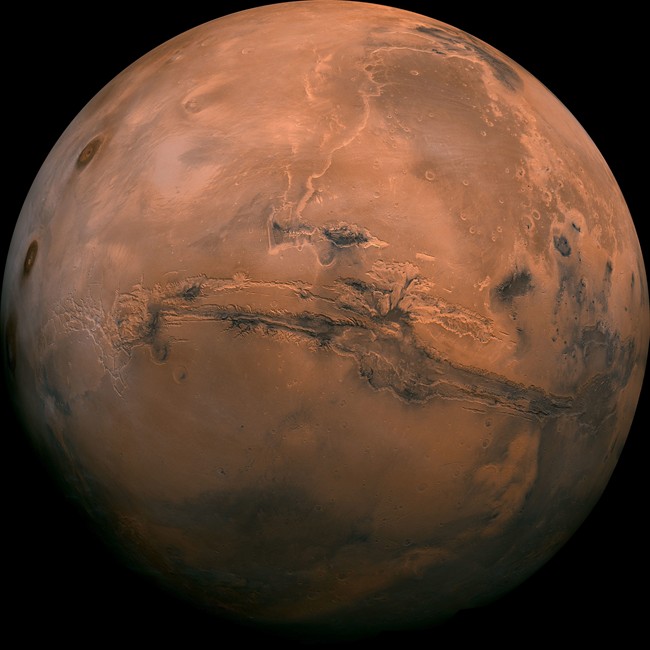In honour of International Astronomy Day today, three Western University students are naming two of the craters that they’ve been studying. The three submitted their request to the International Astronomical Union, which approved the naming of what are now the Bam Crater and the Kankossa Crater.

Geology and planetary science masters student Arya Bina moved to Canada ten years ago and decided to pitch the name ‘Bam’ after the city of Bam in Iran.
“Bam, the city and the crater, are about places without boundaries – significant places that draw international scholarship. To me, this is a statement that the search for knowledge is universal, regardless of where you are on Earth, or beyond it.”
READ MORE: UAE joins race to Mars, aims to build 1st city on red planet by 2117
The second crater was named the Kankossa Crater in reference to a town in the African country of Mauritania. Undergraduate student Kayle Hansen explained that the crater is about 16 kilometres across.
“As an undergrad, you don’t always think you can make a difference – but the opportunities I’ve had here have opened up not just a whole new world but multiple worlds.”
Geology Alumnus Scott Hutchinson is the third member of the team that pitched the names.
READ MORE: Salt makes you want to drink less and eat more, Mars simulation study finds
Their supervisor at Western’s Centre for Planetary Science and Explorations, Livio Tornabene, played a role in naming 30 Martian craters over the years.
“To name a feature on another planetary body, you have to follow a process, of course, and you have to demonstrate how studying it further enriches the scientific community. It’s gratifying to know that these names will in all likelihood outlive all of us.”
The incentive to name the craters came from the unwieldy nature of their established names. The craters were chosen because the low levels of erosion allow for a more accurate representation of the planet’s more recent climate and geologic history.
- Canadian man dies during Texas Ironman event. His widow wants answers as to why
- ‘Shock and disbelief’ after Manitoba school trustee’s Indigenous comments
- Several baby products have been recalled by Health Canada. Here’s the list
- ‘Sciatica was gone’: hospital performs robot-assisted spinal surgery in Canadian first








Comments